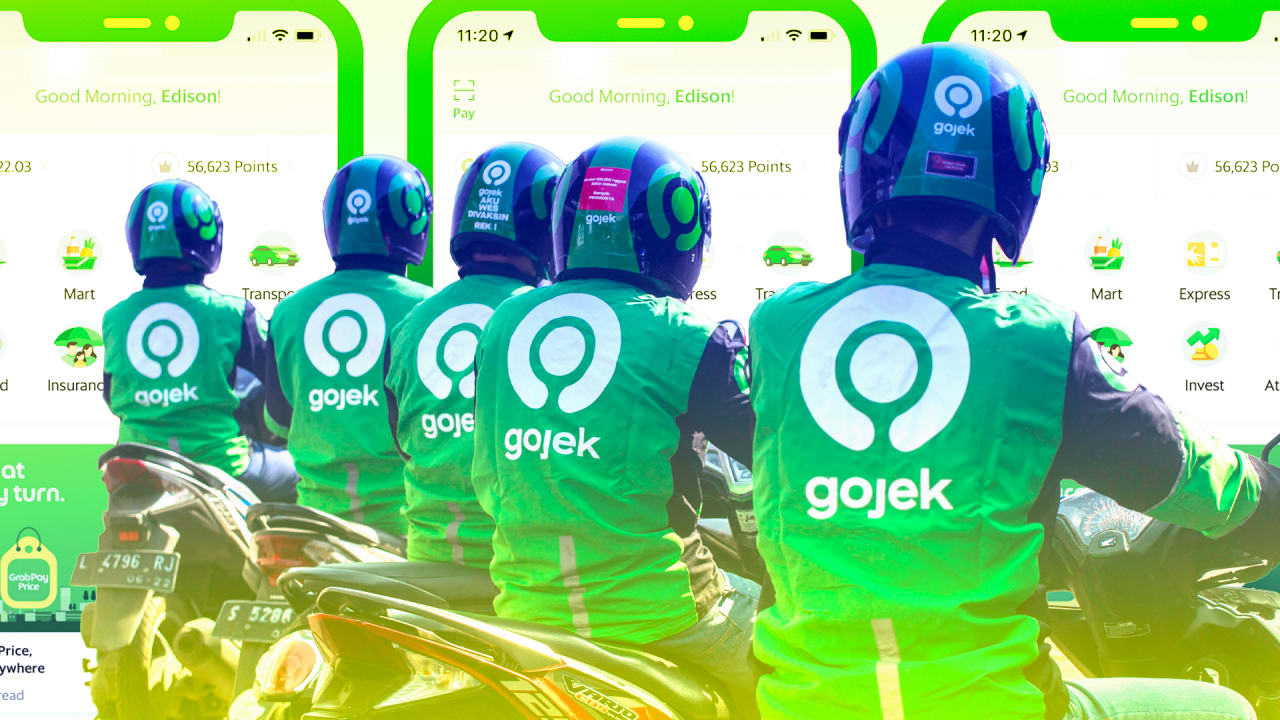In 2009, while Uber’s cofounders were gearing up to launch, a cadre of young Asian entrepreneurs-to-be entered the MBA program at Harvard Business School. Out of that group came two ride-sharing startups that would evolve quite differently than their American cousins. The company now called Grab was conceived by Malaysian students Anthony Tan and Hooi Ling Tan (no relation) as their entry in a business-plan contest. They didn’t win—but later, they wound up out-Ubering Uber in burgeoning cities across the 10-country ASEAN region in Southeast Asia. Meanwhile, another classmate took a zigzag route to the top. Nadiem Makarim, working remotely with buddies back home in Indonesia, started Gojek as a side project while finishing his MBA. This ride-share app has branched into businesses from massage therapy to moviemaking. And just this week Gojek announced the largest business deal in Indonesia’s history, its merger with e-commerce giant Tokopedia. (Disclosure: Golden Gate Ventures is a small shareholder of Gojek via its acquisition of Ruma Mapan. We’ve also invested in Gojek’s spinout, GoPlay.) Both Gojek and Grab are now venture-funded decacorns. Each is headed for a dual IPO on New York and Asian exchanges. And they’re racing to dominate much more than ride-hailing on Southeast Asians’ mobile phone screens. Grab and Gojek each offer what hasn’t yet been seen in the U.S. market: a superapp combo, featuring a payment app that’s a potential gateway to selling anything people may wish to buy. Gojek’s Winding Road Gojek began modestly in 2010. At first it was a “minimum viable product” venture—a local, low-tech operation led on a part-time basis by its faraway founder.

See the original post:
How two Southeast Asian superapps beat Uber at its own game